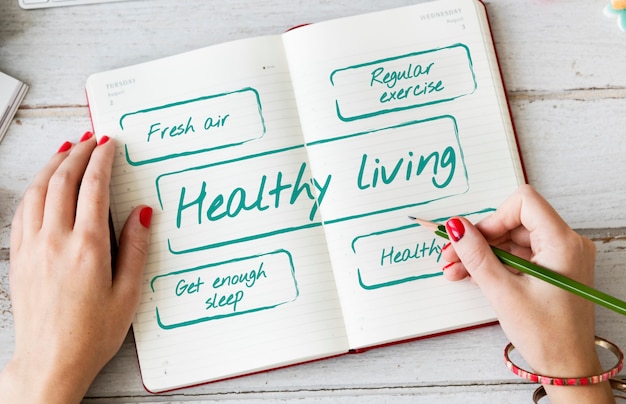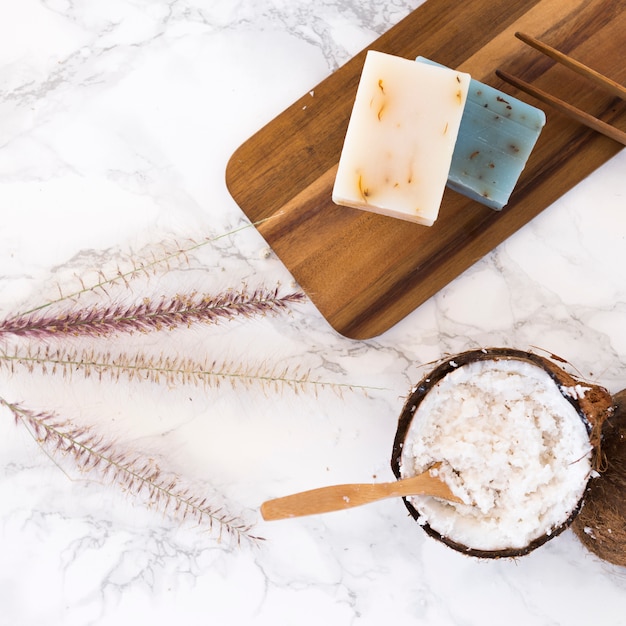
Do you sometimes suffer from cramps, back pain, mood changes, or fatigue just before your period starts? You’re not alone. These are all signs of premenstrual syndrome, or PMS, a common condition that many women experience.
Generally, these symptoms aren’t harmful to your health, but they can be unpleasant and they vary widely from person to person. For some, these issues can get so bad that it becomes difficult to continue with their daily routine!
So what exactly is PMS? Well, it’s a group of physical and emotional symptoms that come up before your period. Most women get them, with about 40% experiencing severe symptoms. A tiny portion of women – around 5% – struggle with an extreme version of PMS known as Premenstrual Dysphoric Disorder (PMDD).
Common physical symptoms include cramps, headaches, back pain, and tender breasts, while emotional symptoms can range from irritability and stress to depression and less interest in sex.
We’re not exactly sure why PMS happens, but it’s thought to be connected to hormonal changes, particularly involving estrogen and progesterone. There also seems to be a relationship with the brain neurotransmitter serotonin.
What causes these premenstrual symptoms? One theory is that changes in serotonin levels contribute to the symptoms. Low serotonin might even lead to premenstrual depression, fatigue, food cravings, and sleep issues. Other possible causes include issues with pelvic veins, which could lead to cramps and back pain.
If these symptoms persist even after your period ends, it might be a good idea to see a gynecologist to help figure things out.
Some research suggests that making sure you get enough iron could decrease some PMS symptoms, including those pesky cramps. Iron helps your body make serotonin, and low serotonin levels may contribute to PMS symptoms.
However, you should be careful not to get too much iron, because your body can’t easily get rid of any excess. The general rule of thumb is not to exceed 18 milligrams per day.
Want to make sure you’re getting enough but not too much iron? Start by checking the content of your cereals. Other good sources of iron include lentils and spinach. These are all easy to include in everyday meals and can help you manage those unwelcome PMS symptoms.
So, if cramps and mood swings are giving you trouble, try adding some iron to your diet. And remember, if the problems persist, don’t hesitate to reach out to a healthcare professional!
Original Article Author Bio:
Joyce Baker is a freelance graphic designer and writer who studied at the University of Central Florida. Specialising in design and health, Joyce loves to share practical and creative health and nutritional advice.









